Too often grant proposals begin with some variation of “we want money because we’re a good cause and, since you’re good guys too, naturally this will be a match made in heaven.”
There’s nothing natural about this request.
In fact, it’s a version of “Alice in Wonderland Through the Looking Glass” thinking.
To paraphrase the Cheshire Cat speaking to Alice: If you don’t know where you’re going, any road will get you there.
Or not.
In fact, Alice tells the Cat she just wants to get “somewhere.” Could this, perhaps, be like you just wanting to bring in ‘some’ money to balance your budget? Hmnn… The Cat tells Alice “Oh, you’re sure to do that. If you only walk long enough.”
Guess what?
Most funders reading your proposal will not want to read long enough. In fact, if you’re not clear on your destination from the get-go, they’re likely to abandon you before you get there. If you get there. In other words, wherever you end up, you won’t arrive there together.
And that’s the point of a grant proposal, right?
You seek a partnership… a travelling companion… an investor who cares about the outcome.
Where you’re Going… How you’re Going There… and How Much it Will Cost
Right from the get-go, this is what funders need to hear from you.
No beating around the bush.
Get right to the point with the specifics.
If the funder must read through several paragraphs – or pages – before it’s clear how much money you’re requesting and what, specifically, you intend to use it for, they’ll be in a ticked-off frame of mind as they read your proposal.
Not good.
Get organized!
The 6-step formula I’m about to share is one I learned when I first entered this business decades ago.


 People are unpredictable sometimes. They’re also predictable.
People are unpredictable sometimes. They’re also predictable.



 I know you’re working on calendar year-end fundraising right now.
I know you’re working on calendar year-end fundraising right now.
 Whatever side of the political spectrum you’re on, the photo below is triggering.
Whatever side of the political spectrum you’re on, the photo below is triggering.
 What the heck are “planned gifts?”
What the heck are “planned gifts?”

 The modern model is more like a vortex — an energized circle where everyone is equal. People move in and out as needed, and your job is to keep the energy flowing.
The modern model is more like a vortex — an energized circle where everyone is equal. People move in and out as needed, and your job is to keep the energy flowing.


 I’ve created for you a little “Declaration of Fundraising Independence” to help you become a fruitful philanthropy facilitator from this day forward.
I’ve created for you a little “Declaration of Fundraising Independence” to help you become a fruitful philanthropy facilitator from this day forward.
 Legacy gifts don’t fall from the sky.
Legacy gifts don’t fall from the sky.
 What do you most need to sustain your nonprofit through thick and thin?
What do you most need to sustain your nonprofit through thick and thin? No one can do it alone, sitting in their own little corner.
No one can do it alone, sitting in their own little corner.
 You’ve no doubt become familiar by now with the term “
You’ve no doubt become familiar by now with the term “
 The Lilly Family School of Philanthropy projects total giving will grow by an estimated 4.1% in 2021. So you can’t use the pandemic as an excuse for raising less money in the year ahead.
The Lilly Family School of Philanthropy projects total giving will grow by an estimated 4.1% in 2021. So you can’t use the pandemic as an excuse for raising less money in the year ahead.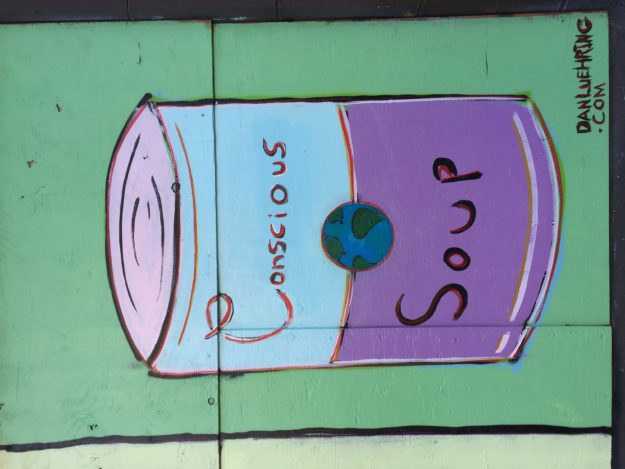
 You want to raise money with your fundraising appeal, right?
You want to raise money with your fundraising appeal, right?

 Spring is always a good time for rebirth and dusting away the cobwebs. And what a grave, dusty, cobwebby year it’s been.
Spring is always a good time for rebirth and dusting away the cobwebs. And what a grave, dusty, cobwebby year it’s been.
 Giving is an emotional experience. It deserves an emotional response.
Giving is an emotional experience. It deserves an emotional response.
 13 happens to be my lucky number. I want it to be lucky for you too.
13 happens to be my lucky number. I want it to be lucky for you too.





 You are a
You are a 
 Has this really been going on this long?
Has this really been going on this long?
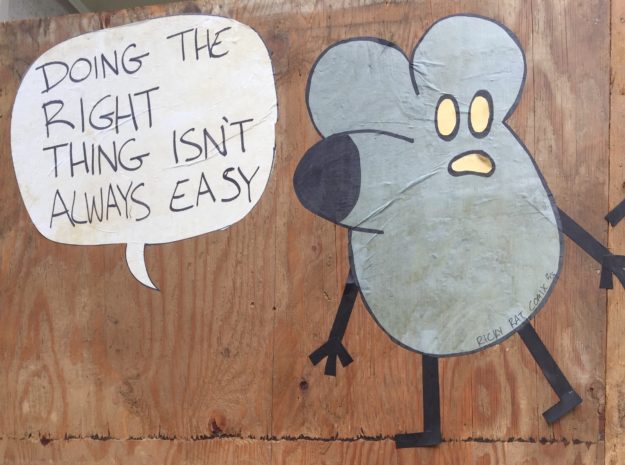
 I’m a fan of suggested ask amounts.
I’m a fan of suggested ask amounts. 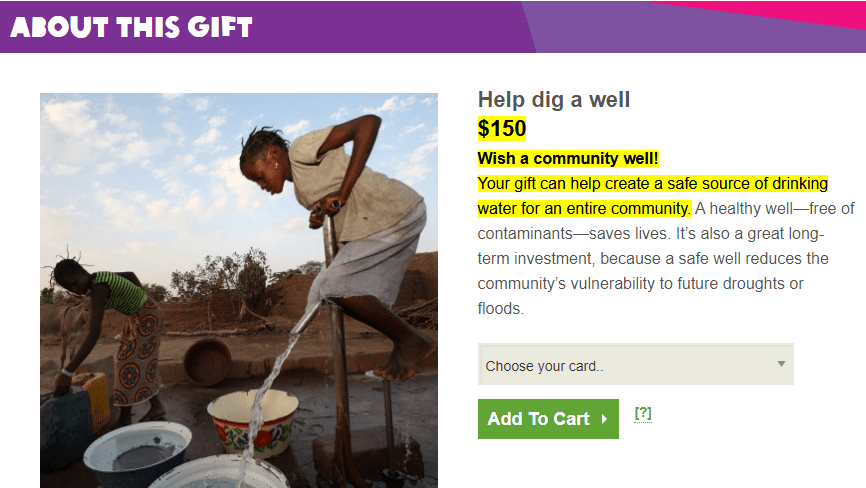
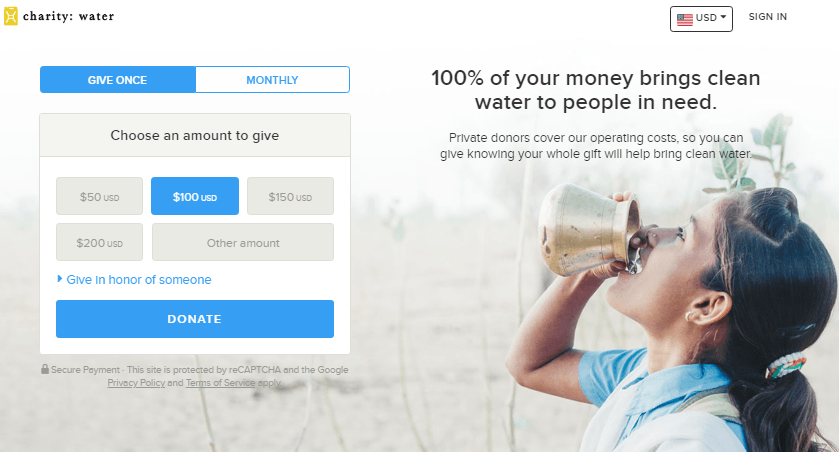



 People are wired for stories
People are wired for stories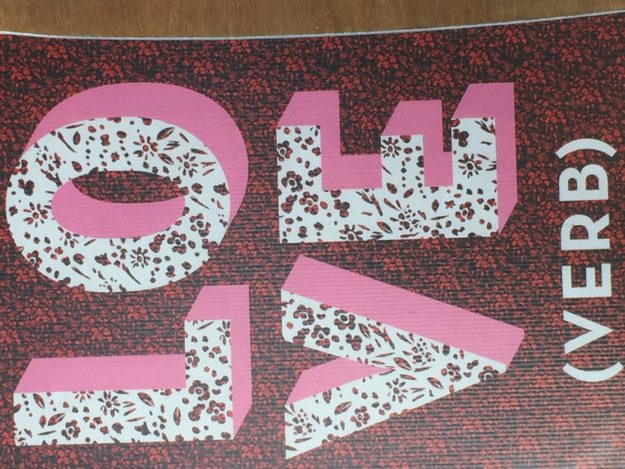
 To be a donor-centered fundraising expert, you must:
To be a donor-centered fundraising expert, you must:


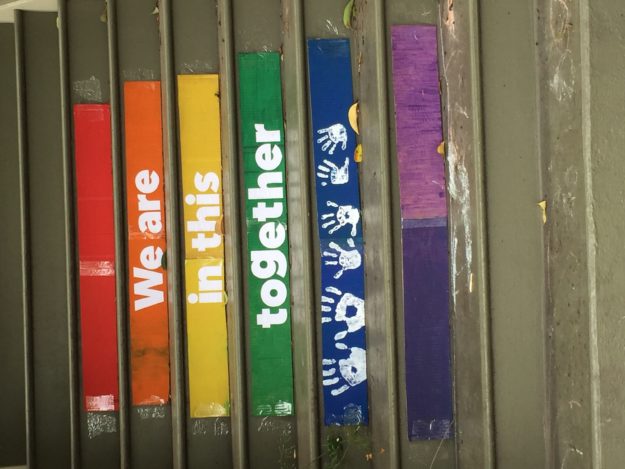
 This is one place you don’t have to social distance.
This is one place you don’t have to social distance.
 Times are tough. It’s easy to get demoralized. Especially if you work for a business, nonprofit or otherwise, that doesn’t feel ‘essential’ in today’s environment.
Times are tough. It’s easy to get demoralized. Especially if you work for a business, nonprofit or otherwise, that doesn’t feel ‘essential’ in today’s environment.




 Early in my career I received a piece of fundraising advice that has stuck with me to this day:
Early in my career I received a piece of fundraising advice that has stuck with me to this day: